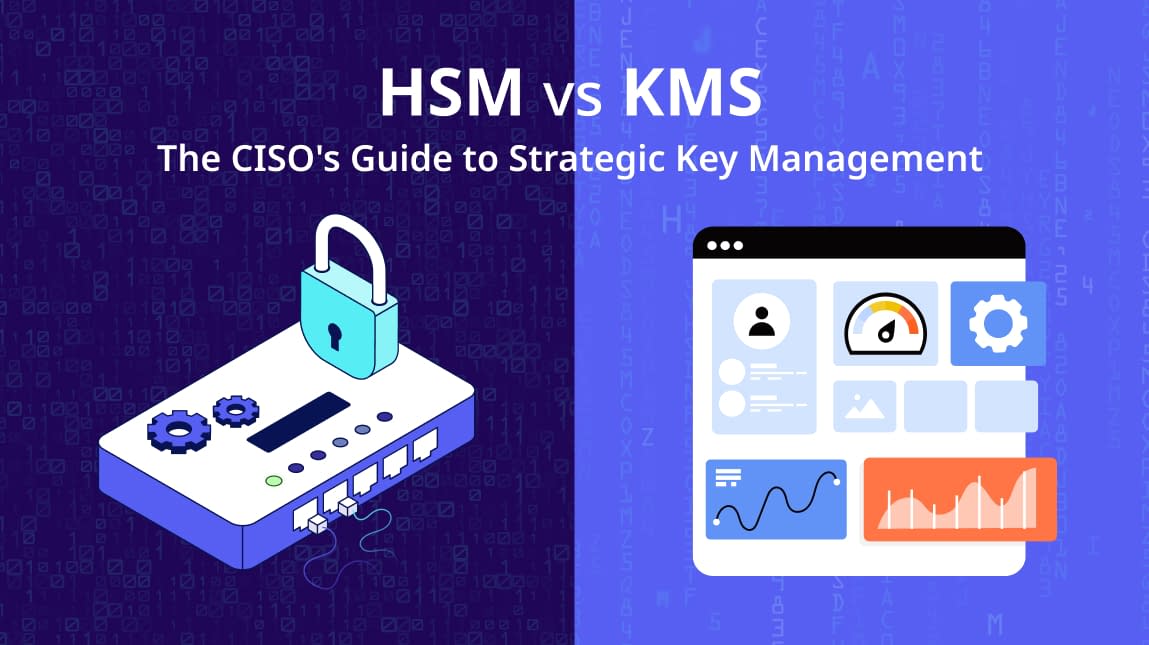Microsoft SQL Server remains one of the most widely deployed relational database platforms in enterprise environments, powering everything from transactional banking systems to healthcare applications. But as organizations scale and diversify their data ecosystems, managing sensitive data in SQL Server, especially in hybrid or multi-database environments, presents significant challenges.
Below, we break down ten of the most pressing SQL Server data management challenges.
1. Sensitive Data Discovery — Within SQL Server and Across Multiple Databases
Many organizations store personally identifiable information (PII), payment card data, and protected health information (PHI) in SQL Server. While SQL Server offers some built-in tools for data classification, they fall short when it comes to:
- Enterprise-wide discovery: Identifying sensitive data across multiple SQL Server instances, as well as other database platforms such as Oracle, PostgreSQL, MySQL, and IBM DB2.
- Complex structures: Locating sensitive values in unstructured data fields, embedded XML, or custom application tables.
- Compliance alignment: Mapping discovered data to regulations like GDPR, HIPAA, PCI DSS 4.0, and GLBAwithout manual intervention.
Without a comprehensive discovery process, organizations risk incomplete compliance audits, data breaches, and costly regulatory fines.
2. Lack of Native Static Data Masking in SQL Server
While Microsoft offers Dynamic Data Masking (DDM), it is designed to obscure data at query time for non-privileged users, not to produce persistently anonymized, non-reversible data suitable for testing and other use cases in non-production environments. This leaves gaps for:
- Dev/Test environments: Where data must be masked before leaving production.
- Enterprise-wide referential integrity: Preserving relationships between tables and across multiple systems, which DDM does not support.
- Data reidentification protection: Ensuring masked data cannot be reverse-engineered or linked back to the source.
Static Data Masking (SDM) is essential for organizations handling sensitive workloads, yet SQL Server lacks a native static data masking feature that meets enterprise security requirements.
3. Using SQL Server Data for Synthetic Data Generation
Organizations often need realistic, non-production datasets for AI/ML model training, performance testing, or analytics. But creating high-quality synthetic data from SQL Server sources is challenging because:
- Native SQL Server tools don’t generate synthetic data based on actual schema and relationships.
- Generating statistically representative but non-identifiable datasets requires specialized algorithms.
- Maintaining referential integrity across related datasets (within SQL Server or between systems) is complex without a dedicated test data management platform.
As a result, many teams still use production data from SQL Server in test environments, increasing security risk.
4. Managing SQL Server Data in Hybrid Cloud Environments
Today, hybrid environments are increasingly common. In these hybrid environments, SQL Server deployments may span:
- On-premises servers in corporate data centers
- Cloud-hosted instances in Microsoft Azure
- Cross-platform integrations with AWS RDS, Google Cloud SQL, or other database services
Challenges arise in ensuring consistent security and compliance across these environments:
- Sensitive data discovery must operate across both cloud and on-prem SQL Server instances.
- Data masking policies must be applied uniformly across platforms.
- Hybrid data migrations risk data exposure if masking and encryption are not applied before transfer.
Without unified controls, hybrid environments can create security blind spots that are exploitable by bad actors.
5. Maintaining Referential Integrity Across Systems
SQL Server often acts as the central hub in an enterprise data architecture, but its native integrity constraints only operate within a single database. When masking or transforming data, preserving relationships between SQL Server and other systems, such as CRM or ERP platforms, is critical.
When referential integrity is not maintained across databases, the test case quality is frequently impaired. Testing environments can break, data analytics become inaccurate, and application logic may not function as expected.
6. Performance Impact of Large-Scale Data Operations
Masking or migrating terabytes of SQL Server data can be resource-intensive, potentially causing downtime or degraded performance. Native SQL Server tools are not optimized for high-speed, large-scale masking operations, leading to:
- Longer maintenance windows
- Increased operational risk during data transformations
- Frustrated stakeholders due to delays
Compounding the challenges with large-scale databases is the pricing model for many test data management platforms. Unfortunately, many test data management platforms bill based on usage. For SQL Server environments with large volumes of data, leveraging data masking can quickly become cost prohibitive. Fortunately, ADM provides all-in-one pricing that is not based on usage.
7. Audit Readiness and Reporting
Compliance audits for regulations such as GDPR, CCPA, HIPAA and PIPEDA require clear, documented evidence of how sensitive SQL Server data is discovered, classified, and anonymized. While SQL Server’s auditing features log certain activities, they are not designed to produce compliance-ready reports for frameworks like PCI DSS 4.0, HIPAA, or SOX. Typically, a third-party solution with robust data discovery and classification abilities is required to fulfill audit readiness needs.
Without this reporting capability, organizations may have a false sense of security by passing technical controls, but later fail audit documentation requirements.
8. Data Archiving and Retirement
Many businesses keep legacy SQL Server databases online for years after the application has been retired — often just because they contain sensitive historical records. This creates:
- Unnecessary licensing and storage costs
- Increased attack surface
- Complexity in meeting data retention and deletion requirements under privacy laws
Safely decommissioning these systems requires masking or securely archiving the data in a compliant format.
9. Version and Environment Consistency
In large organizations, development, staging, and production SQL Server environments may run different versions or schema updates. Applying consistent masking or synthetic data generation across these environments is challenging without automated schema mapping and referential checks.
If overlooked, this can lead to inconsistent test results, deployment issues, and extended QA cycles.
10. Integration with CI/CD and DevOps Workflows
Modern software delivery pipelines demand automated, secure test data provisioning. Without integration between SQL Server data masking and CI/CD tools like Jenkins, Azure DevOps, or GitLab, teams rely on manual processes — introducing delays and security risks.
Automating SQL Server data anonymization in the DevOps cycle reduces both release time and data exposure.
How ADM Resolves SQL Server Data Management Challenges
Accutive Data Discovery and Masking (ADM) from Accutive Security is designed to address the full spectrum of SQL Server data management challenges — from discovery to compliance-ready anonymization.
Here’s how ADM helps:
|
Challenge |
ADM Solution |
|---|---|
|
Sensitive Data Discovery |
Automated, AI-driven discovery across SQL Server, other major databases, and all file types (including XML and nested structures). Pre-built classification templates aligned to GDPR, HIPAA, PCI DSS, and more. |
|
Lack of Native SDM |
Enterprise-grade Static Data Masking engine with both in-database and cross-database referential integrity. Prevents reidentification through advanced masking algorithms. |
|
Synthetic Data Needs |
Generates realistic synthetic datasets directly from SQL Server schemas while preserving data relationships — ideal for Dev/Test, AI/ML, and analytics without exposing real data. |
|
Hybrid Cloud Complexity |
Works seamlessly across on-prem SQL Server, Azure SQL Database, AWS RDS for SQL Server, and multi-cloud architectures. Consistent policies ensure compliance everywhere. |
|
Referential Integrity |
Patented mapping algorithms preserve relationships not just within SQL Server, but across heterogeneous systems and file types. |
|
Performance Impact |
Optimized masking engine designed for high-speed processing of large SQL Server datasets without extended downtime. |
|
Audit Readiness |
Built-in reporting capabilities generate auditor-ready documentation for all major compliance frameworks. |
|
Data Archiving |
Enables secure masking and export of sensitive historical SQL Server data for compliant long-term storage or decommissioning. |
|
Version Consistency |
Automatically adapts masking and synthetic data rules to schema differences across dev, test, and production environments. |
|
DevOps Integration |
API-first architecture enables automated test data provisioning directly within CI/CD workflows. |
Choosing your Solution for SQL Server Data Management
The market for SQL Server data management solutions is diverse, ranging from native SQL Server features like Dynamic Data Masking, to open-source masking scripts, to enterprise-grade platforms that handle discovery, masking, and compliance across multiple systems. For organizations requiring only dynamic data masking, Microsoft’s native dynamic masking solution may be sufficient. Unfortunately, SQL Server does not offer a native static data masking solution, requiring the use of third-party solutions or custom scripts. There are a number of test data management platforms that address individual components of the SQL Server data challenge, such as data discovery or masking, but few deliver a unified approach that works seamlessly in hybrid and multi-database environments.
For organizations that need more than a piecemeal solution, Accutive Data Discovery and Masking (ADM) stands out as an ideal choice.
- Highest-rated Data Masking solution on Gartner Peer Insights — trusted by enterprises across financial services, healthcare, retail, and beyond.
- Single-license pricing model — no volume or usage-based fees, ensuring predictable costs as your data footprint grows.
- Vaultless tokenization and robust anti-reidentification safeguards — protecting sensitive data while preserving usability for testing, analytics, and AI/ML.
- Support for all major databases and file types — enabling cross-platform consistency, not just within SQL Server but across your entire enterprise.
With ADM, SQL professionals can transform SQL Server data management from a reactive compliance obligation into a proactive, automated, enterprise-wide security strategy that meets today’s complex regulatory and operational demands.











Comment